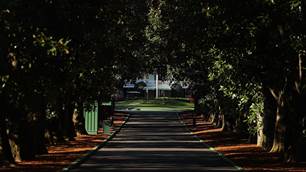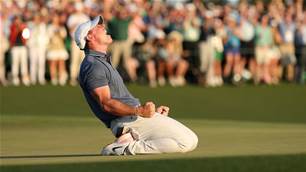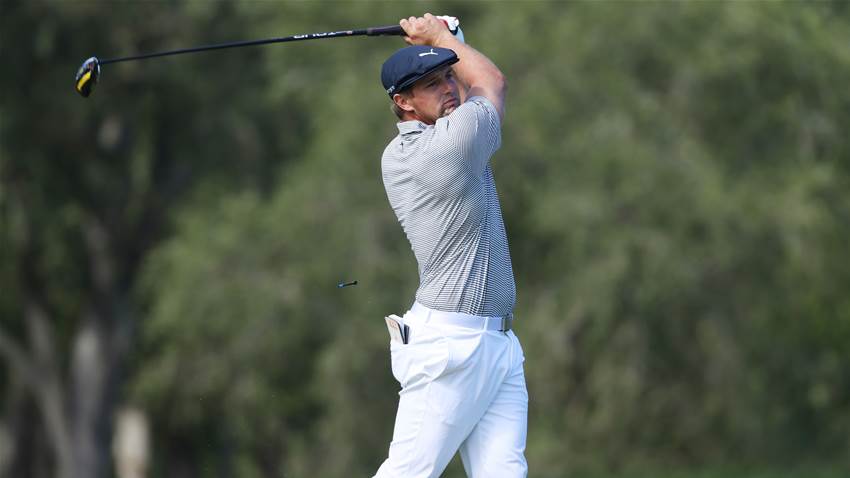It’s time again – unfortunately – to revisit the distance debate in the wake of Bryson DeChambeau’s US Open victory because many people still don’t seem to ‘get’ what the discussion is about.
Perhaps it would be instructive to start the conversation by outlining what it’s NOT about, so here goes:
It’s not about players or athleticism or Trackman or modern coaching or ‘handcuffing’ the most talented individuals.
It’s not about which golfers might gain or lose the most in a rolled back world or whether the value of long hitting in relation to the field has changed over time.
It’s not about scoring or agronomy or making the game harder with stupid rough and penal minefields of bunkers in some futile bid to ‘protect par’. In fact, it’s not about score, full stop.
It’s not about any of those things because all of those things are about golfers and the distance debate isn’t about golfers, it’s about golf courses.
The relationship between the golf course and the competition played on it is unique in sport.
No other game relies so much on the playing arena to influence the play and it is not only one of the game’s greatest assets and worth protecting, it is imperative that we do so.
"It’s not about any of those things because all of those things are about golfers and the distance debate isn’t about golfers, it’s about golf courses."
Imagine competitive golf being played at a driving range with points awarded for accuracy, distance and some combination of both instead of shots taken to get in the hole.
Now ponder whether you’d be inclined to watch THAT on TV. No? Me neither.
Conversely, think about all The Opens at St Andrews over the years with its endlessly fascinating landscape of humps and hollows and balls running and following the contours of the ground and the unpredictability of it all.
Of its devilish little pot bunkers and the tee shot over the old railway sheds at the 17th only to be confronted by the conundrum of the wall behind the green.
Or the simple depression at the front of the 18th green which so influences the play of the hole that it is universally known as the ‘Valley Of Sin’.
Then consider The Masters and its ‘momentous decision’ at the par-5 13th when in contention on Sunday, or the courage required to pull a 1-iron for the second shot across the water to the 15th.
Or Royal Melbourne and its sweeping, rolling topography and grand scale and stunning bunkers cut right to the green’s edge.
And then tell yourself these treasures are not integral to the game and that allowing these great cathedrals of golf to become little more than pitch ‘n’ putt for the best players is an advancement.
Because it’s not. Not in my book, anyway.
The current crop of top professionals – Bryson DeChambeau included – are as talented and skilful and hard working as every generation who have come before them, no more and no less.
What has changed isn’t the players, it’s the equipment they use and in particular the distance they achieve with their drives.
On a planet of finite resources the golf courses of the world can’t possibly keep expanding to compete with advancing equipment technology.
And so golf – or we golfers, as stewards of the game – have a decision to make.
We either change the equipment rules for the elite to keep the arm wrestle between player and course in balance or we face a future where the golf course has little meaningful part to play in the competition.
I hope we choose the former because for mine, the latter isn’t golf.
Related Articles

Australian Open winner will receive invite to The Masters

In case you missed it: Championship Sunday at Augusta as it happened
.jpg&h=172&w=306&c=1&s=1)












